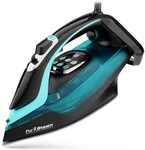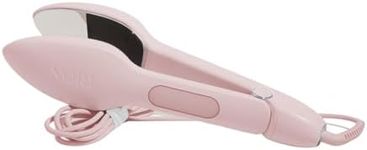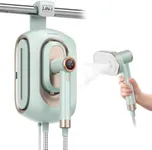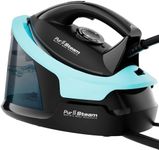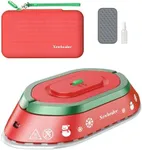Best Irons
From leading brands and best sellers available on the web.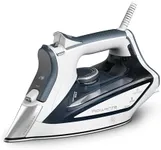
Rowenta
Rowenta Iron Steamer for Clothes, Focus Stainless Steel Soleplate, 400 Microsteam Holes, Powerful Steam Iron, Lightweight, Leakproof, 1725 Watts

CHI
CHI Steam Iron for Clothes with 8' Retractable Cord, 1700 Watts, 3-Way Auto Shutoff, 400+ Holes, Professional Grade, Temperature Control Dial, Lava Infused Ceramic Soleplate, Black and Red (13113)
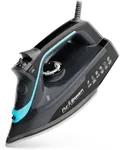
Pursteam World's Best Steamers
19%OFF
Pursteam SteamBurst+ 1750W Steam Iron, Ceramic Soleplate, Adjustable Steam, Burst of Steam, Self-Clean, Anti-Calc, Anti-Drip, Powerful & Long-Lasting Steam for All Fabrics
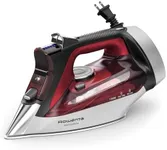
Rowenta
27%OFF
Rowenta Iron, Focus Excellence Stainless Steel Soleplate Steam Iron for Clothes, Retractable Cord, 400+ Microsteam Holes, Powerful steam, LED Display, 1750 W Ironing Clothes, Cordreel, Red DW5433

BLACK+DECKER
BLACK+DECKER Allure Digital Professional Steam Iron, D3060, 30% More Steam, Percison Tip, Stianless Steel Soleplate, Vertical Steam Fuction
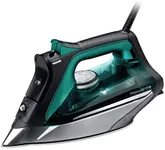
Rowenta
17%OFF
Rowenta Pro Master Stainless Steel Soleplate Steam Iron for Clothes, 210 g/min, 400 Microsteam Holes, Cotton, Wool, Poly, Silk, Linen, Nylon, 1775 Watts Iron Steamer for Clothes, Powerful Steam DW8360
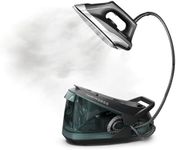
Rowenta
20%OFF
Rowenta Iron Steamer for Clothes Master Steam Station, Professional Steam Iron for Clothes with Stainless Steel Soleplate, 57 Oz, 400 Microsteam Holes, Built-In Pump, 1750 Watts, Black/Green, VR8338
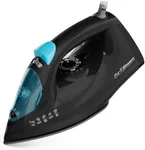
Pursteam World's Best Steamers
43%OFF
PurSteam Professional 1250W Steam Iron | Powerful Steamer with Burst of Steam & Spray | Non-Stick Soleplate, Easy Temperature Control & Auto Shut-Off

CHI
CHI Steam Iron for Clothes with 8’ Retractable Cord, 1700 Watts, 3-Way Auto Shutoff, 400+ Holes, Professional Grade, Temperature Control Dial, Titanium Infused Ceramic Soleplate, Black/Chrome (13109)
Our technology thoroughly searches through the online shopping world, reviewing hundreds of sites. We then process and analyze this information, updating in real-time to bring you the latest top-rated products. This way, you always get the best and most current options available.

Most Popular Categories Right Now
